A new adventure just released, so how about we take a side-stop and look at some other cards? Cards that sadly aren't in the game (yet), but cards that will get us thinking about new possibilities. Today on Fan Community Spotlight, we've got Phoenix (or just "Nix") to the table to talk about Syndicate of the Mourning Sun. If you were part of WCDCs in the past, that'll be a name you're sure to recognize. In what is probably the longest set name we've covered so far, it's a set full of surprises.
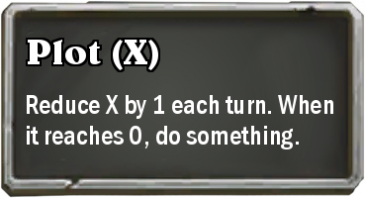
In this world secretly being overrun by mysterious crime syndicates, they have Plots to achieve their goals. This exactly happens to be the keyword for the set. After you play a card with Plot, it has a countdown effect that will lead to an effect being activated X turns later.
The Interview
Give us a taste of what the set is about. What's the story? What new stuff does it bring to the table?
Phoenix: "The story is mostly centered around the idea of this mysterious underground organization manipulating the world from behind the scenes. Each class utilizes a certain crime. Rogues infiltrate. Paladins coerce and launder. Shamans conduct immoral experiments and Priests speak blasphemies. Hunters track and assassinate, while Warriors beats down anyone who fails to respect. Druids act as the totally-democratic-and-not-corrupt government while Mages cast the illusion of being “good detectives.” A good way to imagine it is as if every single class was now Rogue. I didn’t really have a particular story-line that follows, as the set was originally just a jumble of ~50-60 random cards. As they began to compile, I tried adjusting the mechanics and flavor to cobble together into the patchwork “set” it is today.
In terms of new mechanics… well, there are a few. There's a new keyword, Plot (ex. Desecration and Investigation), along with many instances of deck manipulation (ex. Lookout Sentry). Also, I tried to play with the keyword Discover (best Hearthstone keyword, change my mind). Cards like Warlock’s Elseworld Ascension and Hunter’s Detective Cantess encourage large amounts of Discover effects."
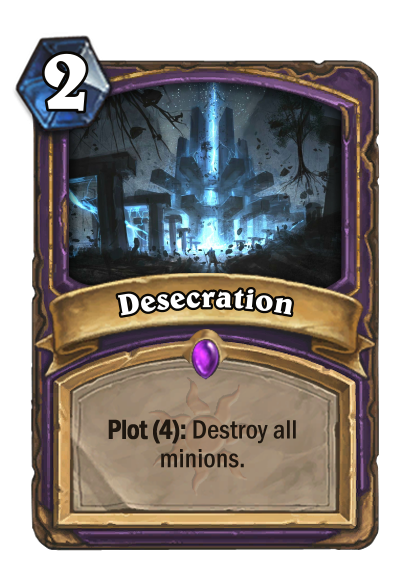
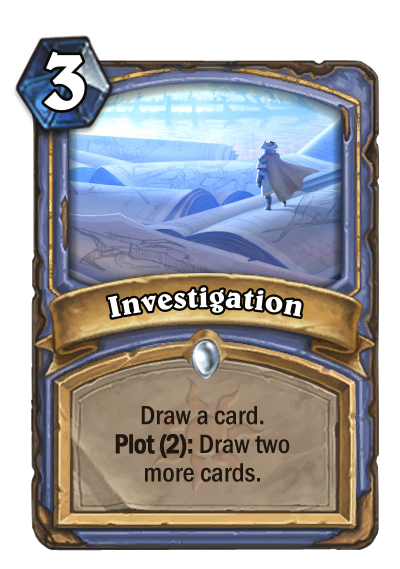
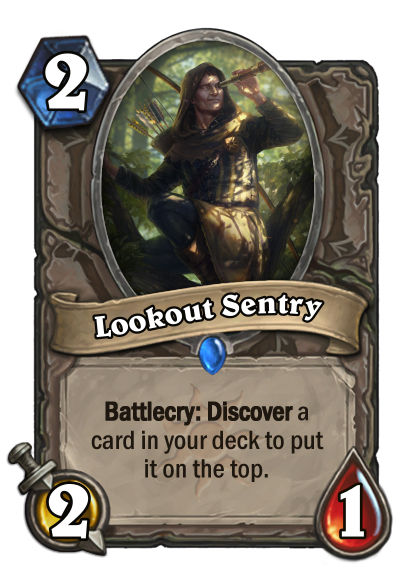
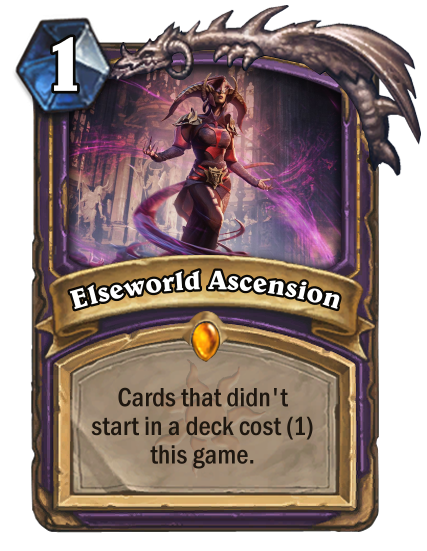
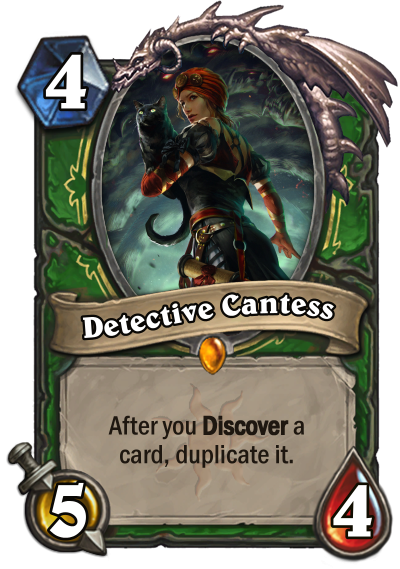
How long have you been making your own cards?
Phoenix: "I first started making cards early 2016. I was pretty on-and-off in the first few years, only making a card every week or two for Hearthpwn’s WCDCs. Since then, I’ve gently drifted towards r/customhearthstone, eventually making custom cards on nearly a daily basis."
Where does the idea of the Plot mechanic come from?
Phoenix: "The Plot mechanic was originally from MTG's suspend mechanic. In particular, I recall playing against a friend that ran four copies of Ancestral Vision (I lost a lot). I’ve also seen a similar mechanic recur in Shadowverse's Countdown mechanic and among many custom cards. I thought to try my hand at it, and this is the result.
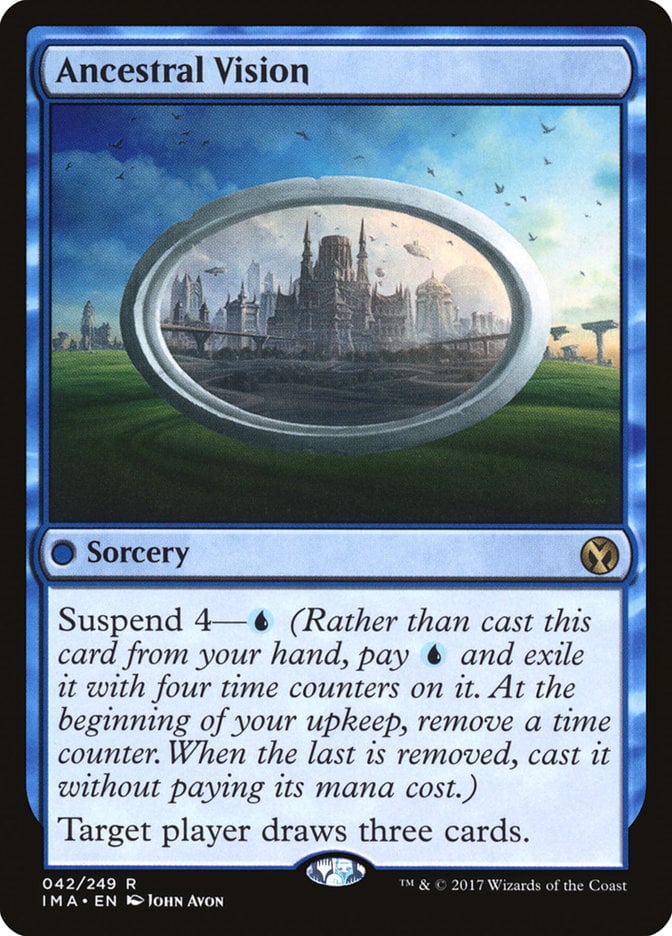
Unfortunately, I do think that Plot cards fail to fit with the current meta of Hearthstone, where initiation and response is crucial. Plot cards are simply too slow, and no large reward value can easily counterbalance. Finding this pivotal balance, without playtesting, was a challenge."
One extremely noticeable thing to me is how the Neutral Commons are arguably just as interesting as the Legendaries, yet still feel like Commons. I know some people struggle to do this, so what secrets do you have?
Phoenix: "Those Neutral Commons were honestly probably the hardest cards to design. I dislike reprints and I believe every card should bring a unique standpoint to the game. I think the key component of making interesting common cards is trying to find new combinations of highly recurring mechanics. For example, Grave Murgler, in its separate parts, is very simple. "When a minion dies"; "adjacent minions"; and "+1/+1" are all very repetitive, and each displayed through dozens of different cards. However, when placed together, they create an interesting dynamic. Another example of this strategy occurs with Furious Archmage. "When damaged" and "Spell Damage" are again, very common mechanics. I took the base stat-line of the original Archmage and tried to combine both ideas at once. Again, the effect individually feels very very simple, but together, create interesting products."
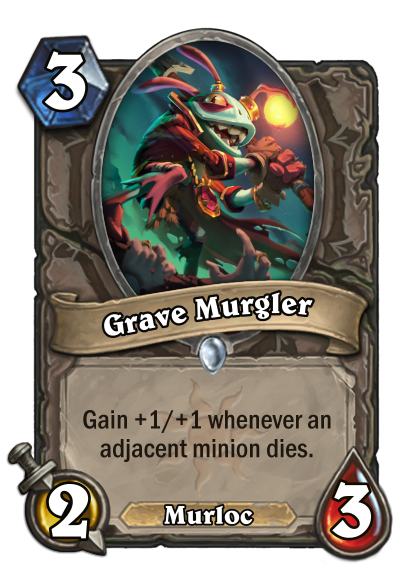
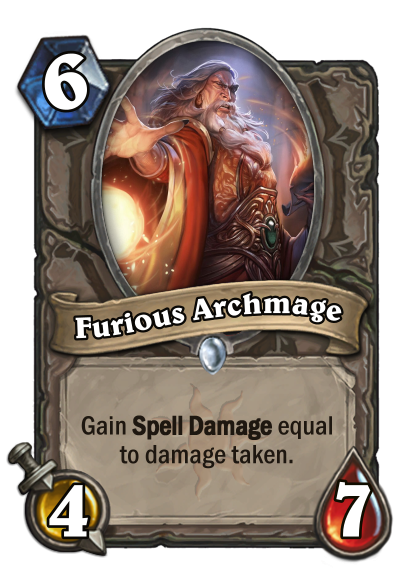
Better yet, there are so many interesting cards here altogether. Mind sharing some of your favorites?
Phoenix: "My favorite card of the set is probably Paladin's Muse Arietta. I tried making a card that would have a skewed stat-line while having an interesting effect that varies value throughout the game. Early in the game, Muse Arietta's text offers your opponents cheap removal or counterplay options by giving them easily playable cards. However, as the game progresses, Arietta creates a hindrance by offering your opponent low value cards.
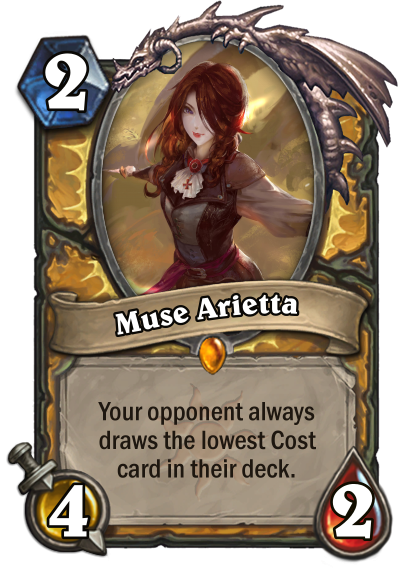
Another of my favorites is Desolation Priest. Like Muse Arietta, low-cost minions often dramatically fall in value as the game progresses. However, by offering a Deathrattle that is generally only available when the game has progressed to a certain degree. Furthermore, it offers Deathrattle synergy through existing cards like Twilight's Call and Shadowy Figure.
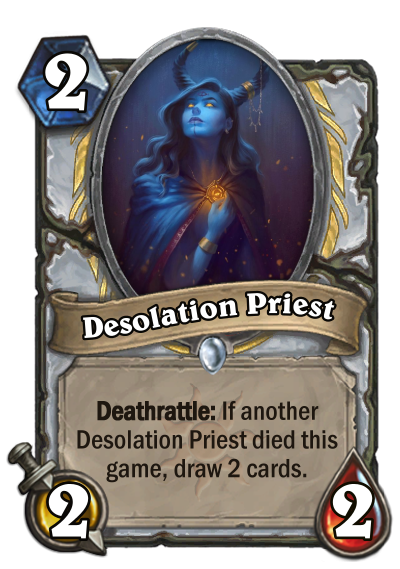
A final card of interest is Rogue's Opportunity. I based this off of the removed beta card Adrenaline Rush, which drew 1 card, but could Combo to draw two instead. The design went through many iterations, mostly focusing on how to encourage additional draw without being too synergetic with Miracle Rogues. Finally, I settled on synergizing with the next card drawn. The flavorful intentions is the first card represents the opportunity given to the rogue, and the second is the reward for capitalizing upon the first."
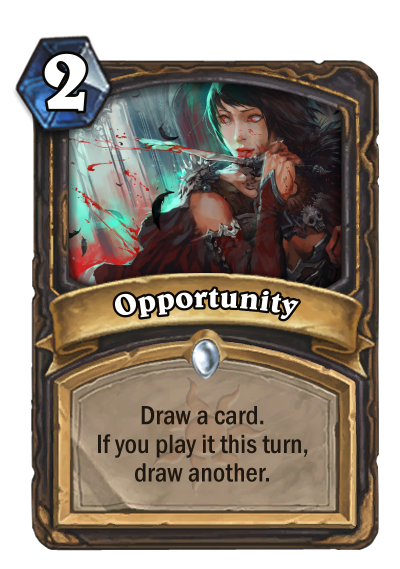
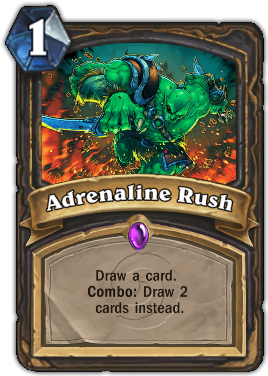
Given that Rogue gets Neve as a hero card in this set whereas the other classes don't have one at all, what significance does Neve serve in the set?
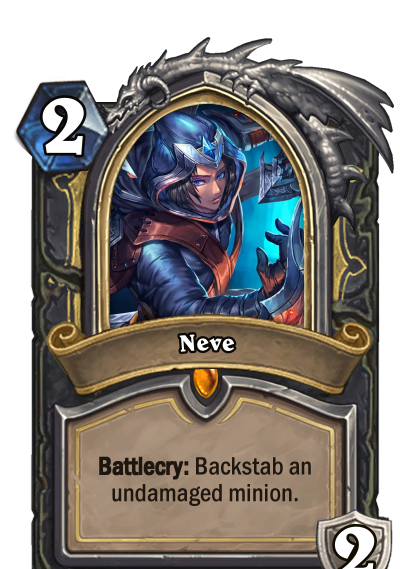
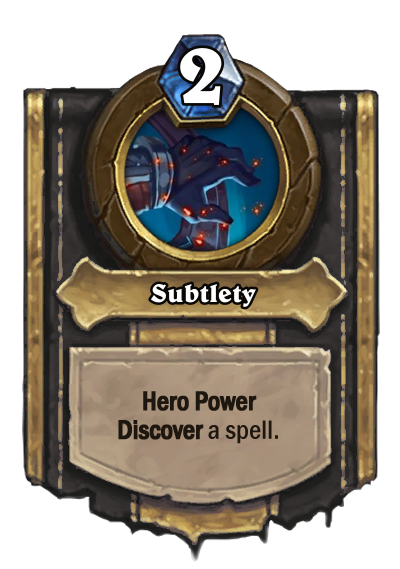
Phoenix: "Neve was actually one of the last cards I made. I realized that many previous sets had a sort of "Main Character" that is often accompanied by numerous tokens. I don’t really like making tokens because im lazy because they often make a single card too complex to reasonably understand without play-testing. I decided to settle with as simplistic as a Hero Card as I could manage - a 2-cost Hero Card with a simple Discover Hero Power.
Neve (latin for snow) serves as an embodiment for the story of the set. Like snow, it's simple and soft, with few cards even passing into four lines. Tokens are scarce and cards are designed with a heavy undertone for elegance. I imagine the character as a young rogue who was unknowingly recruited into a branch of the Syndicate, only to slowly realize the startling truth behind the world."
Do you have anything behind the scenes you wish to share?
Phoenix: "This really was a jumble of cards, that had no intention of becoming a set. Eventually, I did piece it together. I made most of the neutrals first, starting with commons and epics, before filling in the other classes. Personally, I felt Shaman cards were particularly hard to design, a large part of it being a lack of art for their experimental schemes."
What design philosophies do you have? What do you wish to spread to future creators?
Phoenix: "I have two main card design philosophies.
Simplicity. Hearthstone revels in making cards that are simple alone, but feature complex synergies. I often see designers, new and old, try to force too many differing mechanics onto a single card. It’s not the complexity of a card that makes something interesting, but rather how a card interacts with others. Finding a balance between connective synergy and individual card complexity is key to making interesting card designs.
Consistency. You only get better at card creation by doing it. Ideas sometimes comes slowly, but persistence helps. Don’t expect to be able to create the next new phenomenon on your first day, or week, or month. Start simple, before working towards more complex thoughts. Advice from others can help point out pitfalls and design mistakes. Competitions can expand the diversity of your card design. It takes time for creativity to develop. Inspiration isn’t a talent, it’s a learned skill."
Do you have anything else you wish to share?
Phoenix: "I am currently working on another set, under a placeholder codename "Academia." It features a disaster of original mechanics, that makes Descent of Dragons look like a simplified Basic set. Personally, I think it's already steps above Syndicate of the Mourning Sun, as it's much more cohesive and flavorful.
Also, if you want to find me, you can pester me anytime at Nix#6340 on Discord."
That would wrap it up for Fan Community Spotlight today. Be sure to check out the set and let us know what you think of it.
A new adventure just released. Go out there and enjoy yourselves!
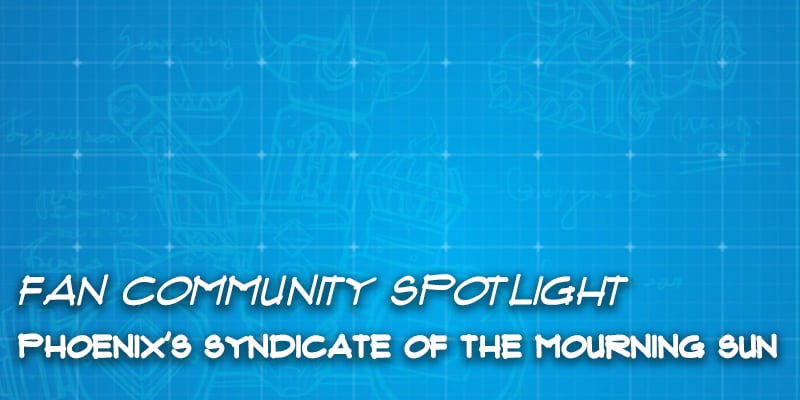
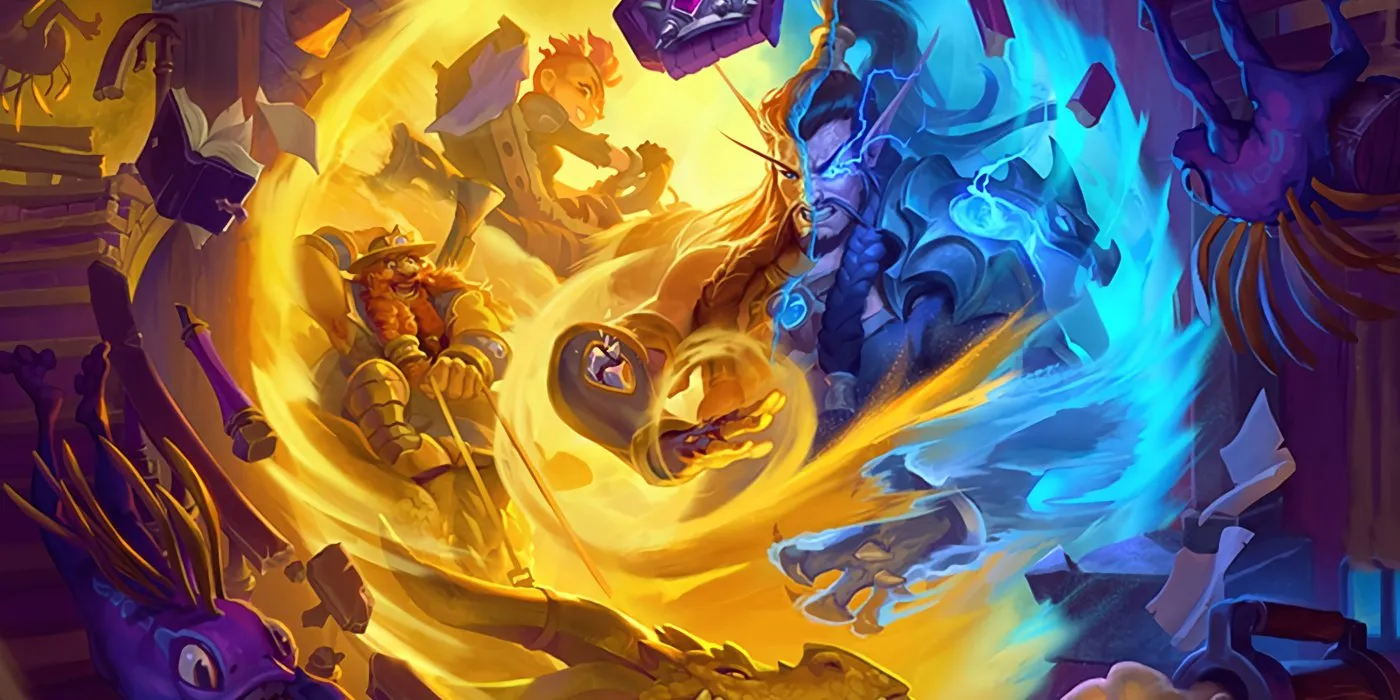
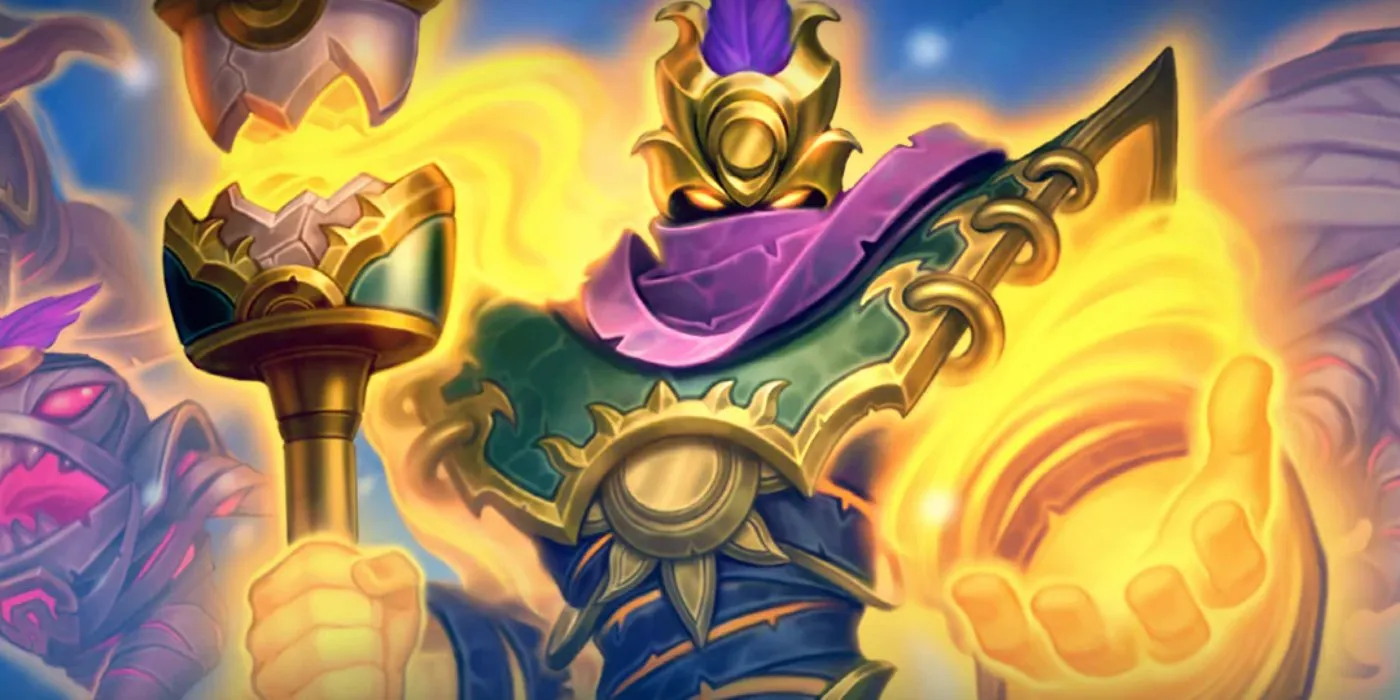
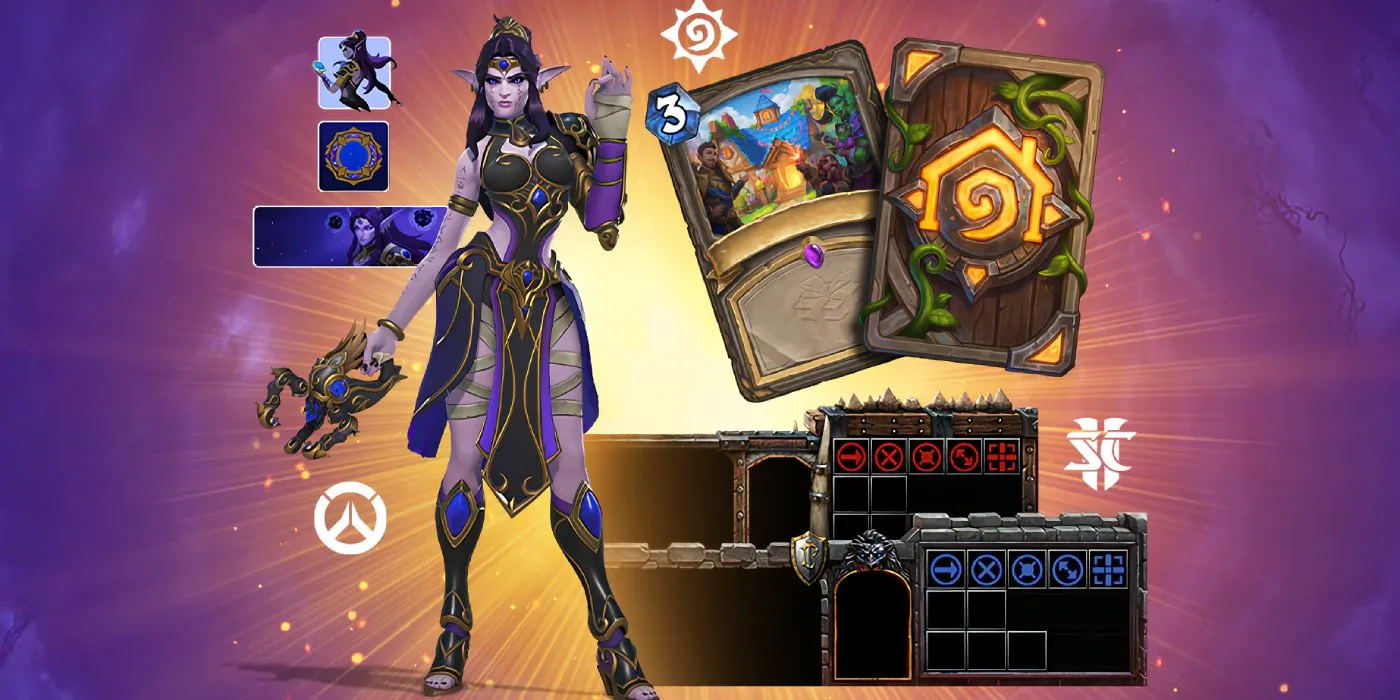
Comments
Good interview, as always! Tho if Plot were a thing, it would be a relatively hard to balance the effects properly, some of the showcased cards seem pretty strong, maybe too strong.
Compare for example Desecration to Hagatha's Scheme, you would roughtly wait 4 turns to clear much of anything, but then you are still doing just 5 damage and it costs you 5 mana.
The huge difference between the two is that your opponent knows in advance when the board clear is coming. They will have tools and ability to work around the Plot.
Lol i might have skiped the explanation of Plot 🤣 going by the tooltip itself. Sorry for that. Yeh that changes things slightly 😅
Plot Twist : Plot mechanic would be freakin' neat!